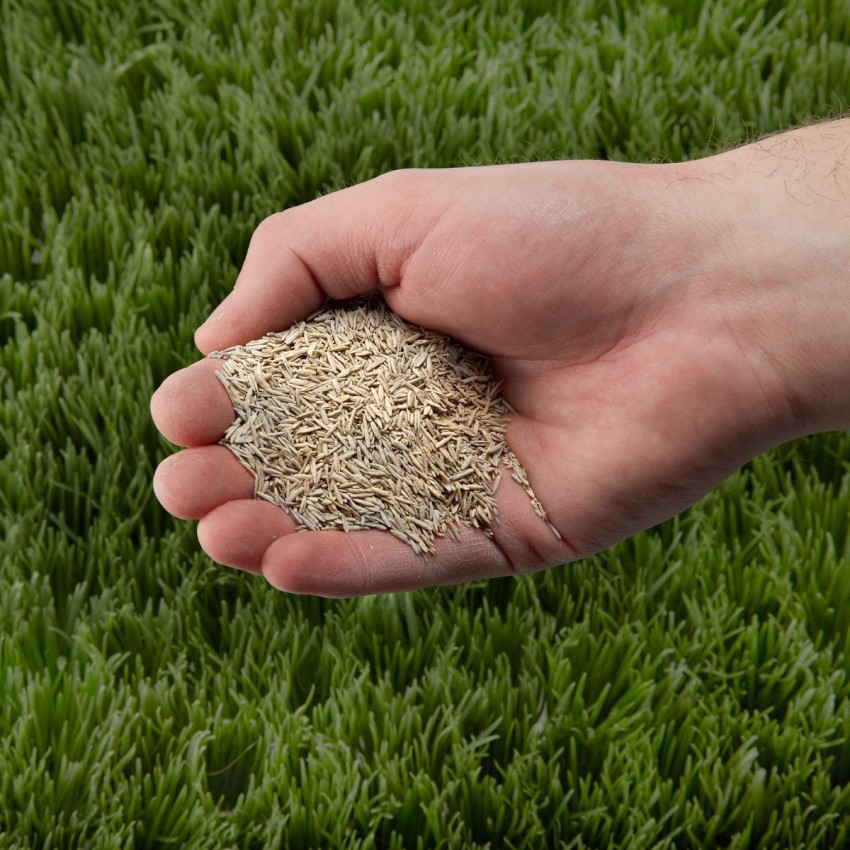Creating the perfect home lawn begins with selecting the right seed. Whether you’re a gardening novice or a seasoned green thumb, understanding the different types of grass seeds and their suitability for various climates and soil types is crucial. In this blog post, we’ll explore the best seeds for home lawns, considering factors such as climate, maintenance requirements, and aesthetic preferences.
Assess Your Climate
The first step in choosing the best grass seed is to consider your local climate. Grass varieties from Nature’s Seed are broadly categorized into two groups: cool-season and warm-season grasses.
- Cool-Season Grasses: Ideal for northern regions with cold winters and mild summers. Popular cool-season grasses include Kentucky Bluegrass, Perennial Ryegrass, and Fescues. These grasses grow vigorously in spring and fall and tend to go dormant in high summer heat.
- Warm-Season Grasses: Best suited for southern areas with hot summers and mild winters. Common choices include Bermuda Grass, Zoysia Grass, and St. Augustine Grass. These varieties thrive in the heat and are more drought-resistant but will brown during cooler winter months.
Consider Your Soil Type
Soil type significantly impacts grass growth and health. Most grass types prefer well-draining soil with a neutral pH. Before seeding, it might be beneficial to conduct a soil test to determine pH and nutrient levels. Amend your soil according to the test results to create the ideal growing conditions for your chosen seed.
Think About Lawn Usage
Consider how your lawn will be used. If you have children or pets, or if the lawn serves as a primary space for outdoor activities, you’ll need a hardier grass type that can withstand heavy foot traffic. For instance, Bermuda Grass and Tall Fescue are known for their durability and ability to recover from stress.
Maintenance Requirements
Different grasses require varying levels of care:
- Low-Maintenance Grasses: If you prefer a low-maintenance lawn, consider Fine Fescue or Centipede Grass. These types are slower growing and generally require less mowing and fertilization.
- High-Maintenance Grasses: For a lush and vibrant lawn, Kentucky Bluegrass or Bermuda Grass might be the right choice. However, they require regular mowing, watering, and fertilization.
Aesthetic Preferences
The appearance of your lawn is also an important consideration. Some grasses, like Zoysia, have a fine, dense texture, creating a soft carpet-like lawn. Others, such as Tall Fescue, maintain a robust, coarse look which might be preferable for more rustic garden designs.
Seed Blends and Mixes
Sometimes, a single type of grass seed isn’t enough to meet all your needs. Seed blends (combinations of different seeds of the same species) and mixes (combinations of different species) can provide a more resilient and adaptable lawn. For example, a mix of Kentucky Bluegrass, Perennial Ryegrass, and Fescue can offer both lushness and durability.

Conclusion
Choosing the right grass seed is essential for developing a beautiful and functional lawn. By considering your local climate, soil type, lawn usage, maintenance preferences, and desired aesthetic, you can select a seed that not only grows well in your region but also fits your lifestyle and enhances your home’s curb appeal. With the right selection, your lawn can become a vibrant, inviting outdoor space for relaxation and recreation.






